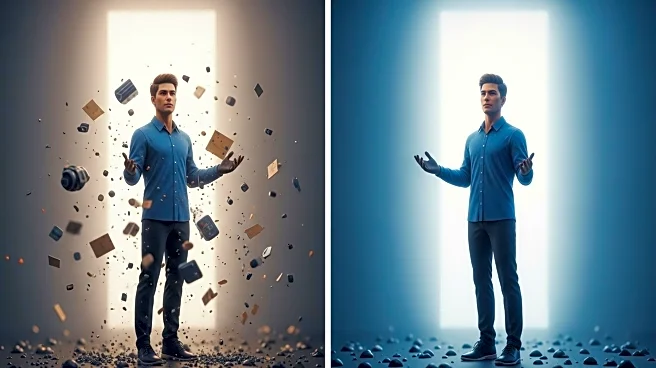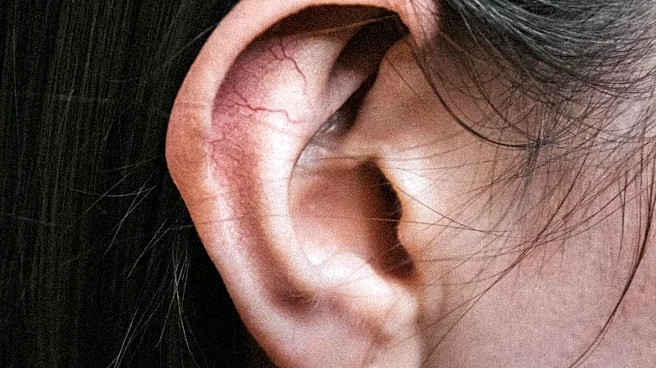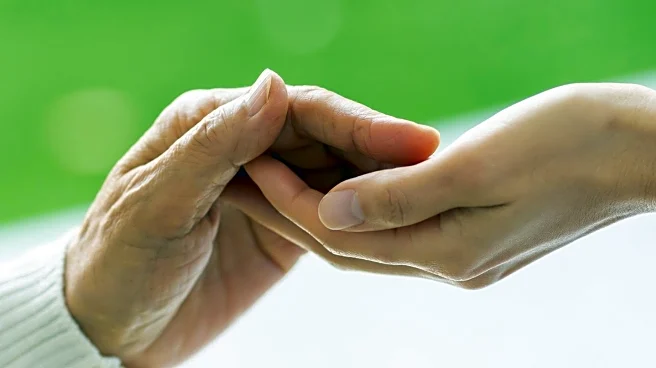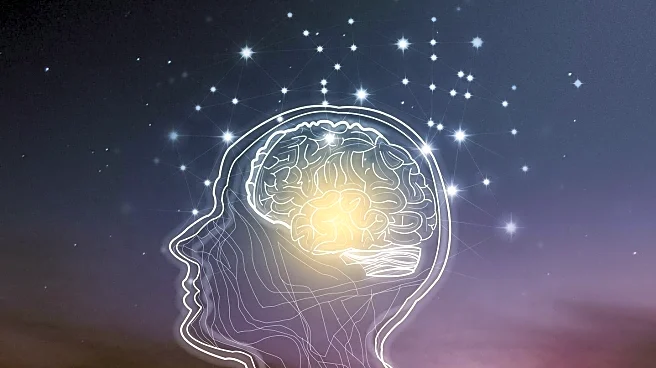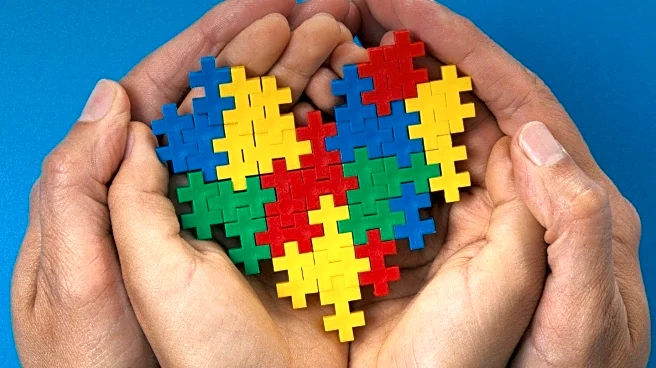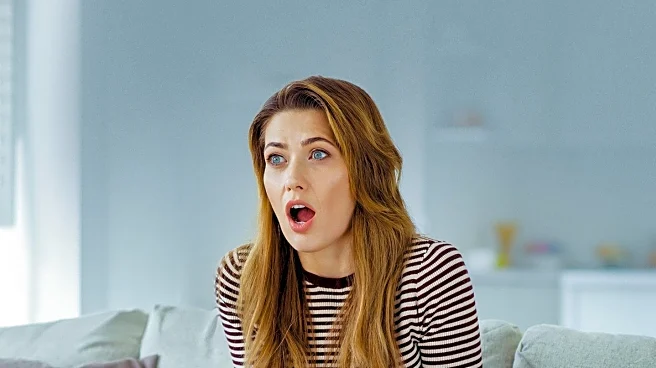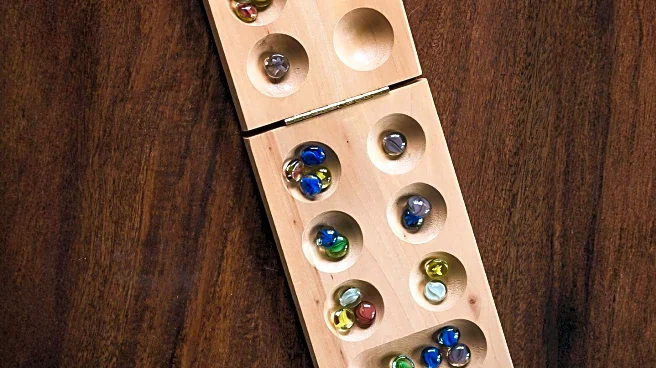What is the story about?
What's Happening?
Trypophobia, a condition characterized by an aversion to clusters of tiny holes or bumps, is being studied for its psychological and evolutionary roots. Researchers suggest that the reaction is driven more by disgust than fear, possibly reflecting an exaggerated disease-avoidance response. Common textures like coral or seed pods can evoke strong reactions, although trypophobia is not officially recognized as a phobia. Many viral images labeled as 'trypophobia skin' are digitally altered to provoke discomfort. Experts warn that these images may unfairly stigmatize harmless skin conditions, and advise consulting a dermatologist for any concerning skin changes.
Why It's Important?
The study of trypophobia sheds light on how visual patterns can trigger strong emotional responses, potentially linked to survival instincts. Understanding this condition can help differentiate between genuine medical concerns and psychological reactions to visual stimuli. It also highlights the impact of digital media in shaping perceptions of health and disease, as many trypophobia images are manipulated to exaggerate textures. This has implications for mental health, as individuals with trypophobia may experience anxiety and discomfort, affecting their quality of life.
Beyond the Headlines
Trypophobia raises questions about the intersection of psychology and evolutionary biology, as well as the role of media in influencing public perceptions of health. The condition illustrates how cultural exposure and personal experiences can shape reactions to visual stimuli, suggesting a complex interplay between learned associations and instinctual responses. It also highlights the need for ethical considerations in the creation and dissemination of digital content that may affect mental health.
AI Generated Content
Do you find this article useful?



